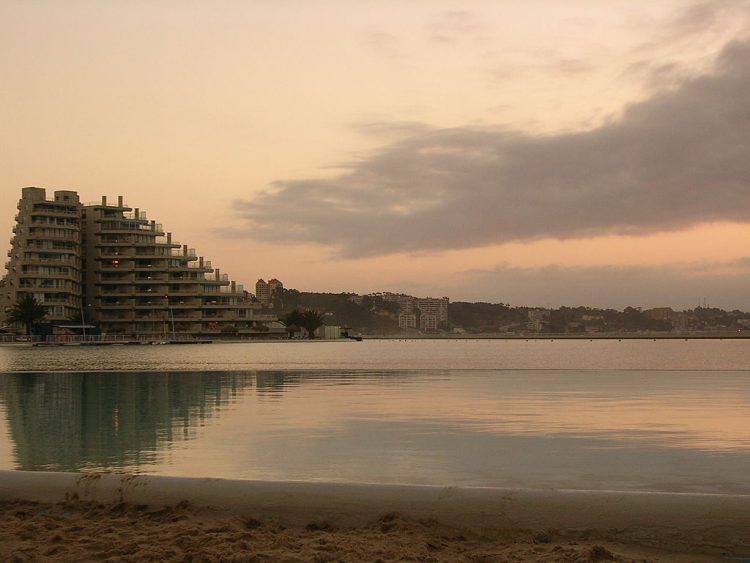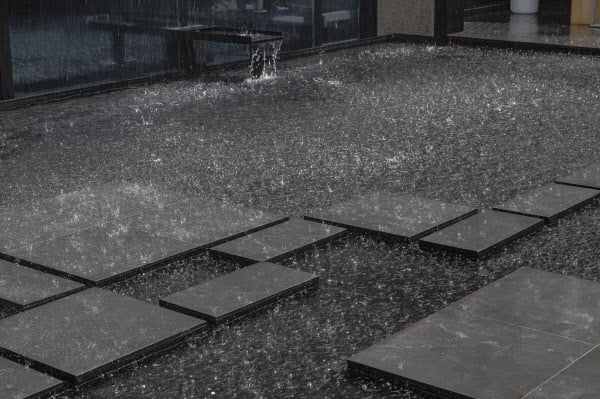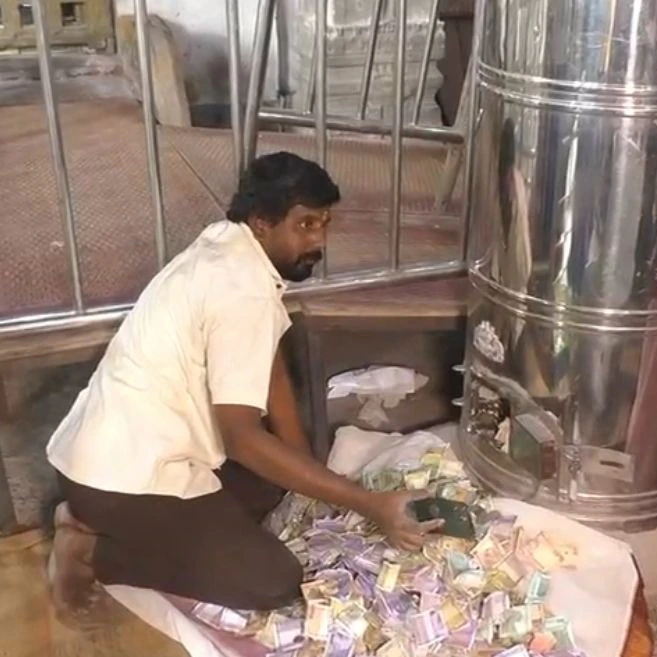It truly amazes me how people are able to find great shortcuts in any kind of situation. A while ago, we wrote about Bamboo Drifting , which was a means to cross rivers in China by balancing on a thin bamboo pole. Deep valleys exist in the jungles of Bolivia too, but the locals have chosen flying over rowing, and it’s much faster. On foot, the journey would take a good 1 hour, as they’d have to walk down to the bottom, cross the river and climb up the other side. But 30 seconds is all it takes for the people of Yungas Valley to fly across.
No, they haven’t mysteriously sprouted wings, nor do they use any fancy machines. Their flying equipment is simple – 20 ropes strung across the valley with old rusting pulleys, 200 meters above the river and stretching as long as 400 meters. Several of the local cocoa harvesters, the Cocaleros, use the ropes every day to travel to and fro along with their goods. They tie themselves to the pulleys using strips of fabric, and glide across effortlessly. Branches and leaves are used as brakes to stop themselves so they don’t end up crashing into the other side.
















